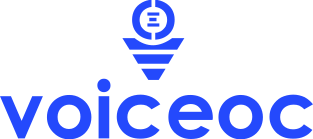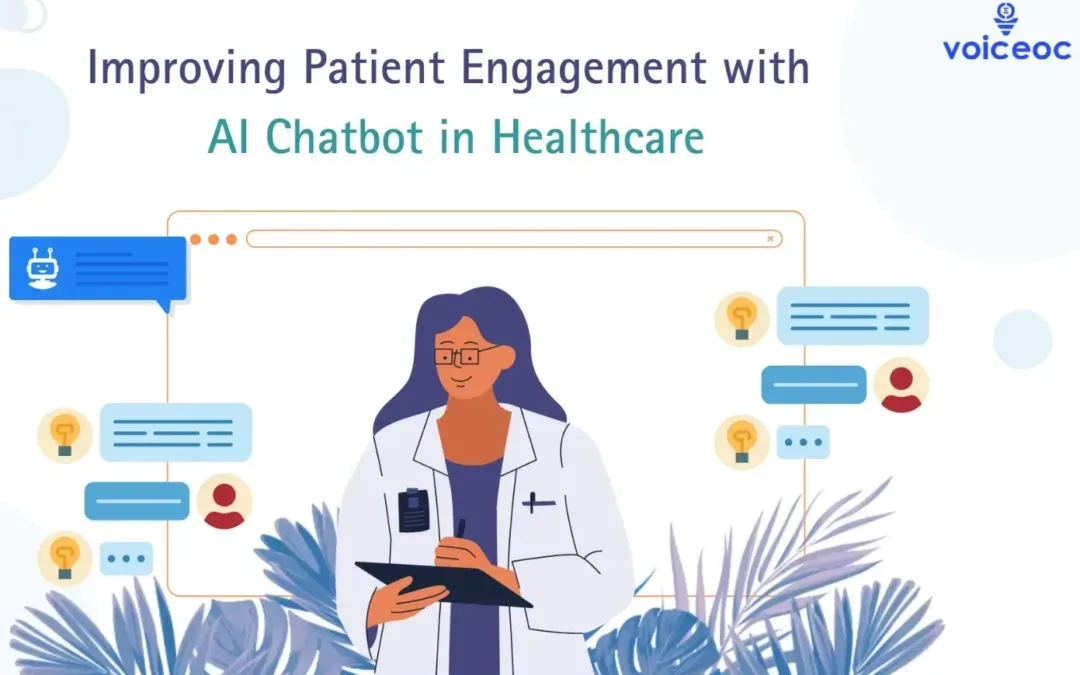AI chatbots in healthcare have started to become increasingly popular over the last few years. Chatbots powered by artificial intelligence can be used to improve patient engagement and over time, have become an integral part of healthcare technology. These chatbots have the ability to provide round-the-clock medical advice and support and can provide patients with personalized medical information based on their medical history, symptoms and health concerns.
AI chatbots are widely known for increasing patient engagement. With the ability to provide support 24×7 to any customer/patient, they reduce human dependency greatly. Here are some of the ways that AI chatbots in healthcare are primarily used for increasing patient engagement.
1. Appointment Scheduling – this is one of the most basic features of an AI chatbot. The chatbots are capable of checking the availability of the doctors and either provide options to a patient or pick an appointment slot on their behalf. This can even help reduce wait time at the hospital.
2. Medical Advice – AI chatbots can be programmed with medical knowledge which can help understand symptoms. While diagnosis through this is not recommended, understanding the symptoms can help schedule appointments with the appropriate practitioners, which a patient may not be able to do without assistance.
3. 24/7 Support – AI chatbots have the capability of providing round-the-clock support to anyone who needs it. This ultimately helps reduce the workload on the hospital staff as the initial conversation which is often time-consuming can be taken up by these chatbots. This also streamlines processes and ensures that other human resources are used where it is more critical for human intervention
4. Personalising Patient Care – AI chatbots in healthcare technology have the ability to remember what the patients’ symptoms were, what the diagnosis from the doctor was and what treatments a particular patient has undergone. Personalisation with AI chatbots goes beyond addressing a particular patient by their name, it includes personalisation with respect to treatments recommended based on a particular patients’ medical history too.
5. Humanisation – while most people are aware that they are conversing with a chatbot when they are, AI integration possesses features like Natural Language Processing (NLP) which helps a chatbot understand what a patient is trying to convey, even if the language used is the spoken language. The virtual assistant understands this and responds similarly, which can help make the patient feel at ease.
6. Anonymity – with a chatbot, a patient can help understand their symptoms without revealing their identity. This allows a patient to share specific details which they may not be comfortable with sharing otherwise.
7. Asynchronous conversations – with AI-powered chatbots a patient can leave a conversation thread open and come back to it whenever they get the time to. If there was a human on the other end of the chat, the patient would be required to start the conversation over again when he does return.
In a recent article, healthcare providers spoke about how AI chatbots were initially introduced in UCHealth (a not-for-profit healthcare system in Colorado) with the main aim of answering simple questions. It initially served just as a FAQs tab. However, they noticed an increase in patient engagement as patients themselves were more open to getting things done through a chatbot. This reduced the dependency on human intelligence to perform simple tasks.
In a recent study by Grand View Research, the global patient engagement market was estimated at USD 15.1 Billion in 2020. The market size is expected to expand at a whopping 21.4% CAGR between 2021 and 2028. A huge portion of this growth can be attributed to the integration of AI to increase patient engagement as both patients and healthcare practitioners have now become more comfortable with virtual interactions.
The healthcare sector is one of the most advanced sectors that has always embraced technology to help reduce costs. The health industry is among the top five which use chatbots to a great extent. The current usage of chatbots in the healthcare sector stands at a stable 75%. With proper integration of AI in chatbots, the healthcare industry can save almost USD 150 billion. AI chatbots in healthcare have a good satisfaction rate of 73%.
The bottom line
The integration of AI in the healthcare sector is not new. AI is currently being used in the healthcare industry for various reasons such as analysing large data sets, ensuring SOPs are followed, and streamlining diagnoses are more – all of which ultimately help improve clinical outcomes.
AI-powered chatbots have the ability to increase access to quality healthcare, increase efficiency and provide patients with the support that they need. Ultimately, human intervention is necessary for the healthcare industry and AI chatbots are not a replacement for healthcare professionals. However, it is a well-tailored tool which can help improve patient experience and enhance the quality of care given by a healthcare provider.

